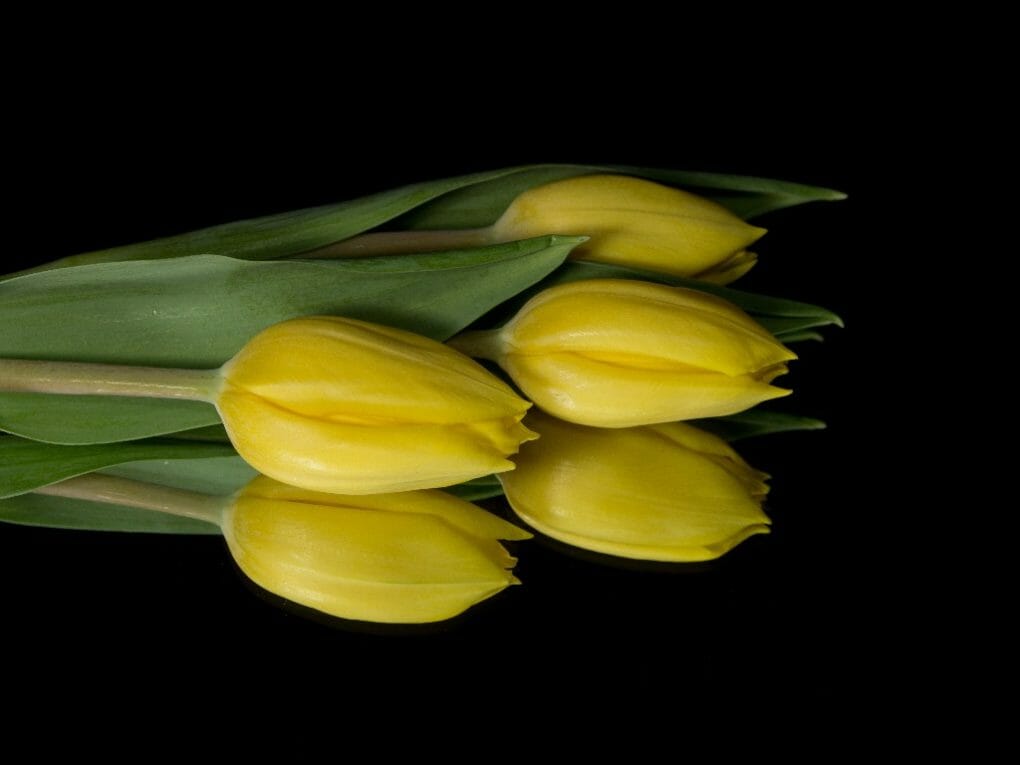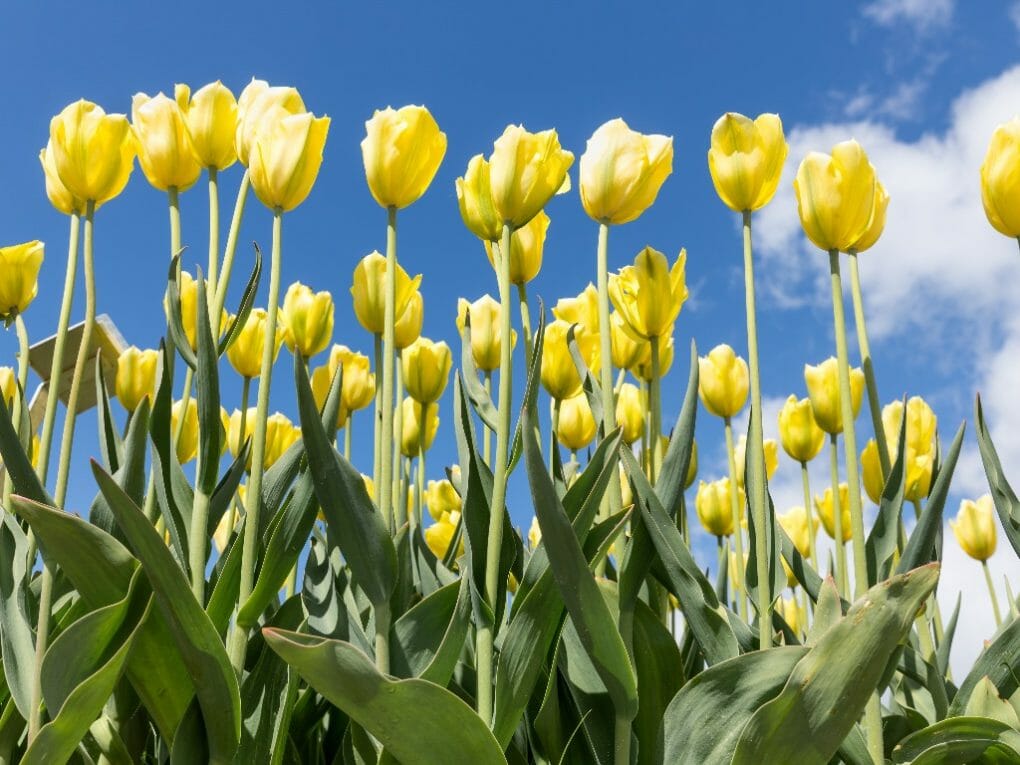Can You Replant Tulip Bulb? Replanting Tulip Bulbs

The bulbs can be dug out and replanted as soon as the foliage on tulips begins to wither and turn brown in the early summer. It is also possible to replant tulips in the fall after they have been dug up (October). Mark the area where the tulips will be moved while the foliage is still there so that the bulbs may be found after fall has arrived and you are ready to relocate them. When planted in soil that has good drainage and is exposed to full sun, tulips produce the finest results.
Table of Contents
Replanting Tulip Bulbs
Tulips and daffodils are two types of spring bulbs known for being among the first flowers to blossom in the springtime. Tulips, in contrast to other spring bulbs, which continue to produce flowers year after year, only bloom well for two to four years at a time. However, if your tulips bloom poorly the first year, relocating them and replanting them may boost blossoms for the following year. Many gardeners dig up tulip bulbs every year and plant new ones. Because of this, you can get additional use out of your bulbs before replacing them.
Midway through the spring, letting the tulip blossoms wither and fall off naturally would be best. Before digging it up and replacing it, you should wait six weeks after the last bloom has passed.
Create a fresh tulip bed using soil that drains well and planting it in direct sunlight. Spread a layer of compost measuring three inches thick over the top of the garden bed, then dig it into a depth of eight inches using a hoe or a power tiller.
You should use your spade to dig around the tulip bulbs, but you should take care not to hit or nick the bulbs. Move the spade beneath the bulbs, then slide it from under them to remove it from the earth.

Remove the debris from each bulb using a brush, then examine it for any signs of deterioration or damage, such as soft patches. Throw away broken bulbs or look to be infected with a disease.
Dig planting holes that are sufficiently deep so that the top of the tulip bulb is positioned roughly 3 inches below the soil’s surface. Separate the holes by a distance of six inches.
In the bottom of each planting hole, incorporate one teaspoon’s worth of bulb fertilizer. Covering the bulb with a new layer of soil will prevent it from directly touching the fertilizer.
Put each bulb in its hole, then cover it with soil and lightly pack it around any tulip leaves still attached to the plant. Be sure to water the bed thoroughly.
A two-inch layer of organic mulch should be applied on top, and the soil should be kept moist until the first frost. Once the ground has begun to freeze, you should stop watering the plants.
When to Transplant
Tulips should be planted in the middle of summer or in the fall after the foliage has faded back. After the tulips have bloomed, you mustn’t impede their growth in any way until the leaves begin to turn yellow and eventually fall off. During this life cycle stage, the plant puts in a lot of effort to store enough energy to survive the colder months and be ready to bloom in the spring. If you disturb them before they have had the time to store energy, it could negatively affect the blooms of the following year’s tulips and even cause them to die completely.
With their vivid hues and abundant flowering, Tulips are a reliable indicator that spring has arrived. If left to their ways, they may grow to a greater region, but if they become too crowded, they may stop blooming and become unattractive. To maintain their brilliant coloration and fresh appearance, tulips must regularly have their bulbs divided.
Saving Tulip Bulbs
How to Preserve Tulip Bulbs for a Brighter and More Vibrant Garden The following Spring Tulips are among the most well-liked flower bulbs in the world. They are the focal points of the spring garden thanks to the beautiful colors and graceful shapes that they exhibit. Please find out how to store tulip bulbs for the following spring so you may enjoy their stunning blooms for an additional growing season.

Tips for Preserving Your Tulip Bulbs
Most tulips will not rebloom even if the bulbs are left in the ground; nevertheless, some tiny tulips can naturalize well, increase, and continue to bloom for many years. If you wish to keep them, the best way is to unearth them in the spring and put them away until the fall.
After the flowers bloom, wait until the foliage has withered and died back before digging up the tulips. Remove the soil, and then allow the bulbs to dry out. Throw away any that are broken or damaged.
Put the bulbs in paper bags or nets to store them. Before replanting them in the fall, label them and store them in a cold, dark spot.
Saving and Propagating
Through careful propagation, your supply of tulips can be increased significantly. There is a possibility that some of your tulip bulbs have produced offsets, sometimes known as miniature new bulbs. These should be separated from their parent bulbs and planted at a depth of at least 8 inches in containers placed inside a cold frame or in a protected garden area. Maintain an equal moisture level in the soil without making it muddy. Be patient since there is a chance that they will blossom the following spring, but there is also a chance that they will need to grow for two seasons before they bloom.
How to Preserve the Tulip Bulbs That Are Cultivated in Containers
Flower bulbs are subjected to more stress when grown in pots and containers as opposed to when they are grown in the yard. As a result, tulips cultivated in pots are not likely to blossom again. After they have finished blooming, throwing them away and planting new bulbs in the fall is better.
